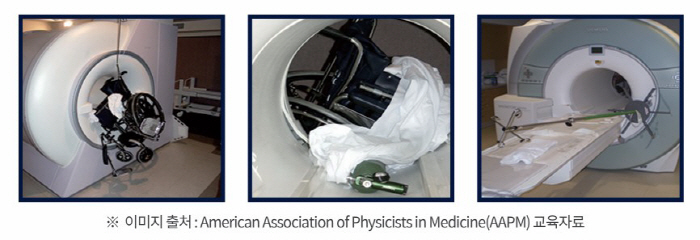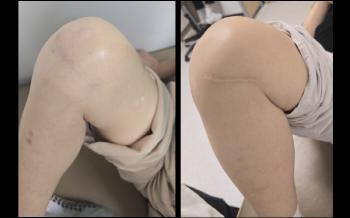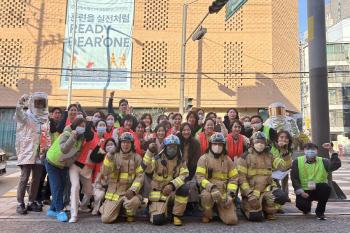Died wearing a metal necklace into an MRI lab...You should be familiar with restricted items such as implants, metallic materials, cosmetics, etc
|
According to local media in the United States, the man was rushed to a nearby hospital in the afternoon of the 16th while wearing a large metal necklace in the MRI laboratory inside 'Nasso Open MRI' in Long Island, New York, but was declared dead in critical condition and on the afternoon of the 17th.
Because MRI generates enormous magnetic force when operated, people in the laboratory are prohibited from wearing metal jewelry and cannot be tested even when having an implant containing iron. In addition, metal objects can be brought to the MRI device and collide, so metal objects should not be placed around the device.
MRI-related accidents have often occurred in the past.
In 2023, a nurse was seriously injured between a hospital bed and an MRI device in California, the United States, and in 2018, a man entered an MRI laboratory with an oxygen tank and died.
In Korea, during MRI tests, iron bead pockets (used for hemostasis after arterial blood gas tests) in the patient's pocket were sucked into an MRI machine, causing lacerations by hitting the patient's lips. During MRI tests, oxygen tanks placed next to them were sucked into the device and compressed the patient's head and chest, causing the patient to die.
In this regard, the Central Patient Safety Center of the Medical Institution Evaluation and Certification Institute recommended restricting the import of metallic items into the MRI laboratory.
First of all, metallic medical devices inserted into the patient's body should be checked, and the belongings of the patient and health care personnel should be checked. Through this, you must enter the examination room after changing it to an MRI-testable item.
Examples of items that should be noted include oxygen tanks, fluid racks, wheelchairs, and metallic implant medical devices (artificial pacemakers, artificial wows, insulin pumps, etc.), glasses, hairpins, accessories, dentures, cards, cell phones, keys, scissors, etc. Clothing with metal or cosmetics using metallic materials are also restricted from being brought in.
This article was translated by Naver AI translator.




